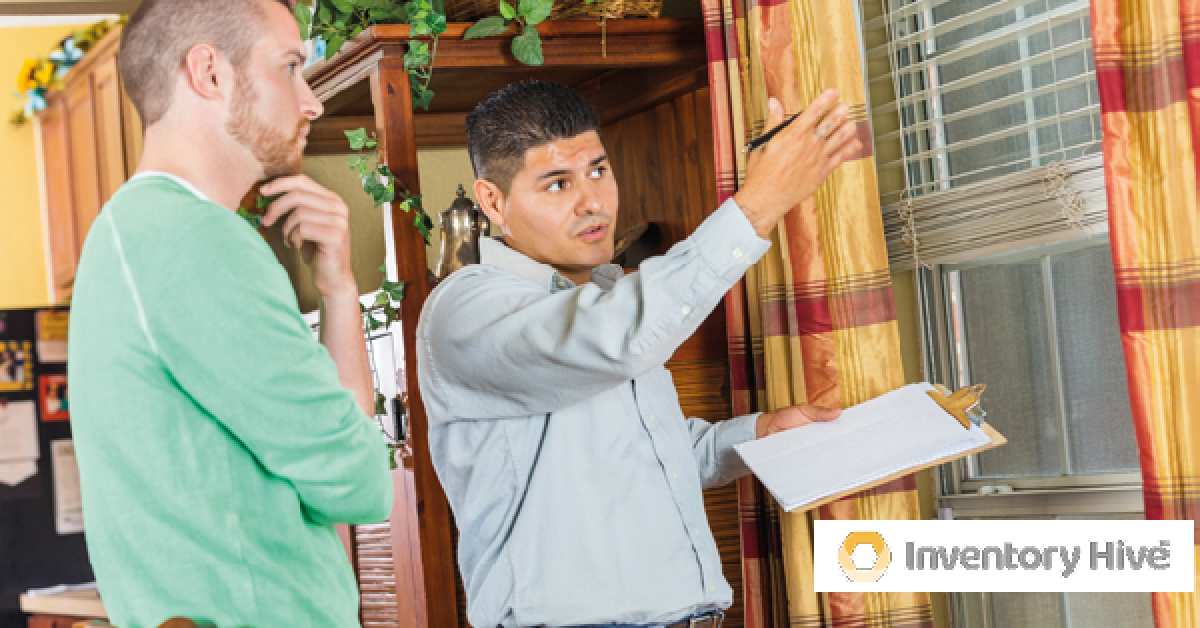

Landlords and legionella: What to inspect and when
Every home is at risk from Legionella and, in the case of rental properties, it’s a landlord’s responsibility to minimise that risk to keep their tenants safe. What do landlords need to do, and when, to meet regulations and safety standards regarding Legionnaires'?
What is Legionnaires’ disease?
Legionnaires' is a severe disease of the lung caused by inhaling droplets of legionella bacterium, often found in the water supply. Stagnant water is normally the culprit and the highest risk will typically be found in places within the property that aren’t flushed through often, such as air conditioners, hot tubs and taps. However, the potential for Legionella is present in all manmade water systems with a temperature range.
The landlord’s responsibility
There are two ways to approach Legionnaires’ from a landlord’s perspective: duty of care and legal compliance.
The HSE states that landlords have ‘a duty to assess the risk from exposure to Legionella to ensure the safety of their tenants’. Whilst there isn’t a legal requirement written solely for Legionella, the Control of Substances Hazardous to Health Regulations 2002 (COSHH) does relate to hazardous substances and biological agents that include Legionella.
In other words, it is a legal responsibility for landlords to assess the health risks in a property and take action where necessary to reduce hazards and protect tenant safety.
How to prevent Legionella
Fortunately, there are several relatively simple ways to reduce the risk of Legionella in a property, many of which can also be managed by the tenant and reviewed by the landlord. Education and communication are essential here.
Landlord actions:
- Flush the entire system before a new tenancy starts.
- Remove any unused or eroded pipework.
- Ensure systems have tight-fitting lids.
- Store hot water at 60 degrees (at least) and cold water below 20 degrees.
- Consider using combi boilers and electric showers to reduce the need for water storage.
Tenant actions:
- Regularly clean the shower head.
- Ensure all taps in the property are used weekly.
- Don’t adjust the hot water cylinder temperature.
- Inform the landlord when the property will be left vacant (holidays and student breaks, for example), so the landlord can maintain system flushing.
How to assess Legionella risk
Maintenance and inspections are critical to prevent health hazards in a property. Whilst the law doesn’t require a detailed assessment of Legionella, landlords should show they’ve carried out due diligence. If a tenant caught Legionnaires’ disease from the property, a landlord could be held responsible if they couldn’t demonstrate safety checks.
The easiest way to stay on top of these checks is to integrate it into check-in reports and mid-tenancy property inspections.
For example, at these visits the landlord should record the temperature of hot and cold water, date of whole system flushing, and condition of pipework, showerheads and water systems.
Use Legionella risk report templates
It’s wise to refer to Legionella Risk Assessment templates and checklists when conducting property inspections. That way, you can ensure you don’t miss any critical details, reduce duplications and keep the process straightforward.
If you use a property inspection platform like Inventory Hive, these report templates are built in and can be customised. They provide prompts based on current landlord regulations, and can be used as evidence should the need arise.
Educate and remind tenants
Tenant awareness of Legionella will also make a significant difference to risk. Incorporate reminders into your tenant communications to prompt residents to clean the showerheads and use all the taps within the property to flush the system.
Learn more about Legionella Risk Reports, safety checks and tenant communications at Inventory Hive. Sign up for your free 30-day trial (no card details required).

